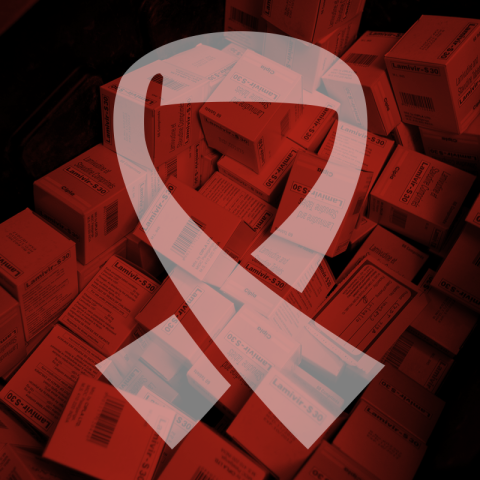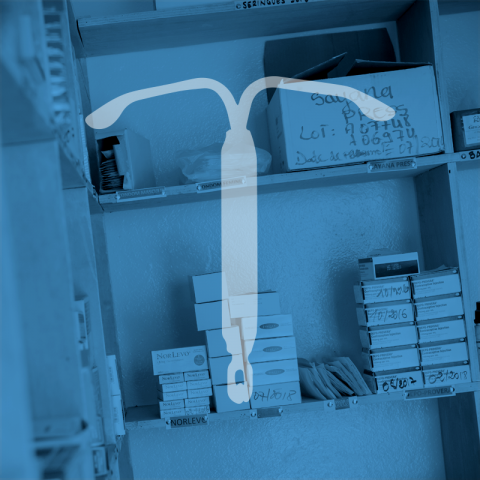
Esther Tumbare
Former senior global technical director for HIV
Esther Tumbare has a passion for operations research, data-driven programming, innovative program design, and leading successful teams. She worked as a clinician in Zimbabwe, Namibia, and Botswana for many years before joining the field of public health.
Before joining IntraHealth, Esther served as a technical director at the Elizabeth Glaser Pediatric AIDS Foundation, based first in Zimbabwe and then in Lesotho. She provided technical guidance and oversight for multiple TB/HIV-prevention, care, and treatment programs funded through the Children's Investment Fund Foundation, the UK's Department for International Development, the US Centers for Disease Control and Prevention (CDC), the US Agency for International Development, UNITAID, Gilead, and Johnson & Johnson.
Esther's expertise includes PEPFAR requirements and targets; differentiated, integrated service delivery; and programmatic technical assistance and capacity-building for health workers. She has worked in National Institutes of Health-funded research on prevention of mother-to-child HIV transmission, including clinical trials with Harvard University (based in Botswana) and for the CDC in Botswana and Zimbabwe.
Esther earned her medical degree (MBCHB) from the University of Zimbabwe and a master's degree in public health from the University of Liverpool.
VITAL
Four Steps toward a Stronger African Health Workforce in 2030 and Beyond
These strategies can help mitigate the projected health worker shortage.HIV Epidemic Control Is Close—But Can We Sustain it?
With help from health workers and key investments, we believe we can.Is a Cure for HIV Finally within Reach?
With help from health workers, we may be closer than we’ve ever been before.
How to Connect Young Ugandans to Family Planning and HIV Services amid COVID-19 Lockdowns
6 ways this team provides crucial health care to women and girls during a global pandemic.









